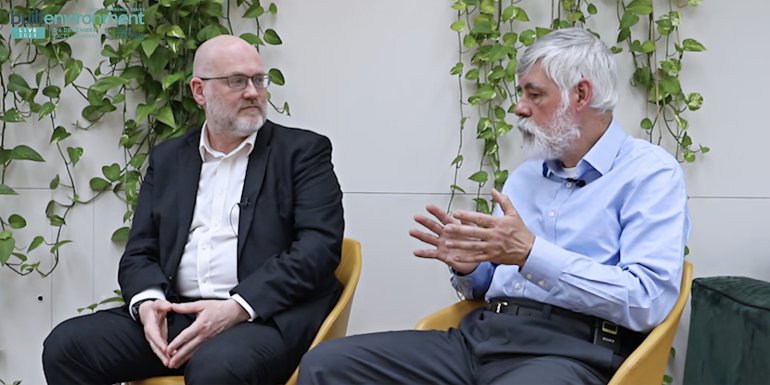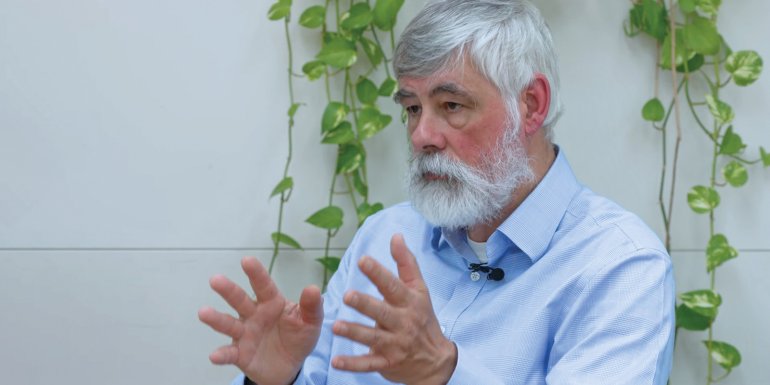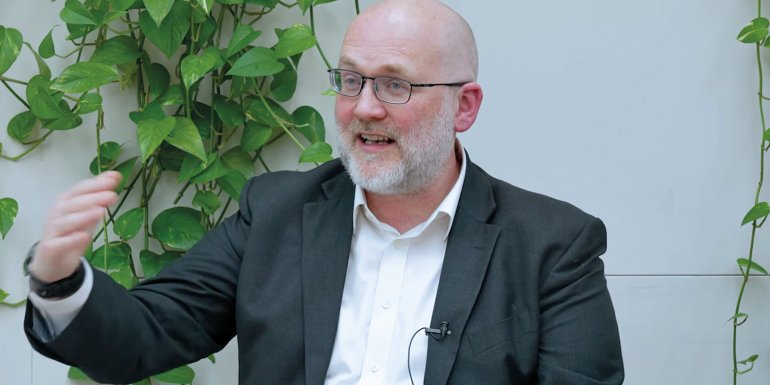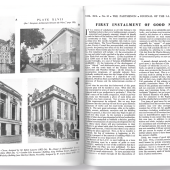Expert opinion

CABE’s Technical Director Richard Harral and CIBSE’s Chief Technical Officer
Dr Hywel Davies discuss key challenges for industry professionals following the Building Safety Act 2022 in England (BSA).
Q What do you think are the biggest challenges for building services professionals and building engineers going forward?
Harral: We have the BSA but we have other things to talk about [such as] procurement – clients set the conditions for success or failure at the start of the project by determining the way they procure. We have an industry that’s been optimised as the result of 40 or 50 years of trying to drive capital costs down without regard for other value- or quality-led indicators. That’s created a very difficult environment for people to do the right thing, to go beyond the minimum, and until that changes it’s going to be much harder … for engineers and others working in the industry to change the outcomes.
Connected with that are construction products – the Morrell/Day report suggests that in order to have a construction products regime that people can trust and that delivers faithful, reliable information on likely performance, there’s a whole series of further steps that need to be taken beyond those that were proposed in the BSA.
It’s very difficult for engineers and others to interrogate, in detail, every aspect of the information that they are provided with, but that information is fundamental to the decisions they make. So, until we get a bit further down the road in terms of reforming the reliability and robustness of the construction product testing regimes … engineers are going to have to remain particularly diligent in testing the assumptions that underpin those decisions.

Davies: I think the other big challenge is just the scale of change in the industry. It’s not just the BSA. We’ve got all the work that’s going on around net-zero carbon – looking at that over the whole life of the building, not just during construction – and a greater emphasis on embodied carbon. There’s the building safety challenge and there’s everything going on around digitisation in construction. The regulator is looking to create a Golden Thread or to create a framework for the Golden Thread and that is supposed to be digital … I’m not sure we’ve seen change at that pace in any of our working lives.
Q Can you explain how far-reaching the BSA is?
Harral: What the act requires, firstly, is having systems in place to manage competence. That means assessing people’s competence [and] having processes in place to maintain and develop their compliance. We also have requirements on clients to ensure there’s sufficient time and resource to execute the work so that it is compliant.
For the first time … clients can be held accountable if they don’t make a reasonable assessment of cost. We know that’s a problem. If they don’t allow sufficient time for the work to be executed properly, that’s a problem too.
I think the second big change is having a regulator that is going to be active in the marketplace. We’ve worked in the construction industry for decades, and enforcement on building regulation matters has been incredibly rare to the point of being almost nonexistent.
Yes, there’s a lot of what’s referred to as informal enforcement that goes on, and there’s been a lot of activity focused on compliance, but active enforcement has been largely absent. What we can certainly expect early on is for the Building Safety Regulator (BSR) to test its enforcement powers. I suspect it will look for local authorities to support both financially or underwrite prosecutions to strengthen case law and set the tone. The BSR is going to work as the GB Health and Safety Executive (HSE) does – it’s going to be joined-up and it’s going to be intelligence-led. This means it’s going to be looking to identify repeat bad actors and it’s going to start targeting them with the very extensive regulatory and investigative powers that it has under the act.

Davies: Two things I’d add – people say it’s a new regulator, so how will we know how it’s going to behave? Yes, the BSR is new, but it’s been set up within the HSE, which is 50 years old next year, so if you want to know how the regulator’s going to operate just look at how the HSE has. The other thing is perhaps particularly relevant for CABE members – the old informal mechanism of the building control officer turning up on-site and giving advice to people. If they’re regulators and if that project is meant to have a principal designer, you can’t have the building control officer giving design advice. It’s going to become much more than: ‘I am not satisfied what you’re doing is compliant. You’re supposed to be competent, therefore you must know what’s needed to make it compliant. When you’ve worked it out and done it, give me a call and I’ll come back and have another look.’ I suspect there’ll be another fee for another inspection visit.
The industry’s got to get used to not treating the building control officer as … a back-up advisor for people who aren’t quite sure how to do it.
Built Environment LIVE
Richard Harral and Dr Hywel Davies will be speaking at the CABE and CIBSE joint LIVE event in December alongside other industry experts.
Book your free ticket at builtenvironmentseries.com/live-2023







